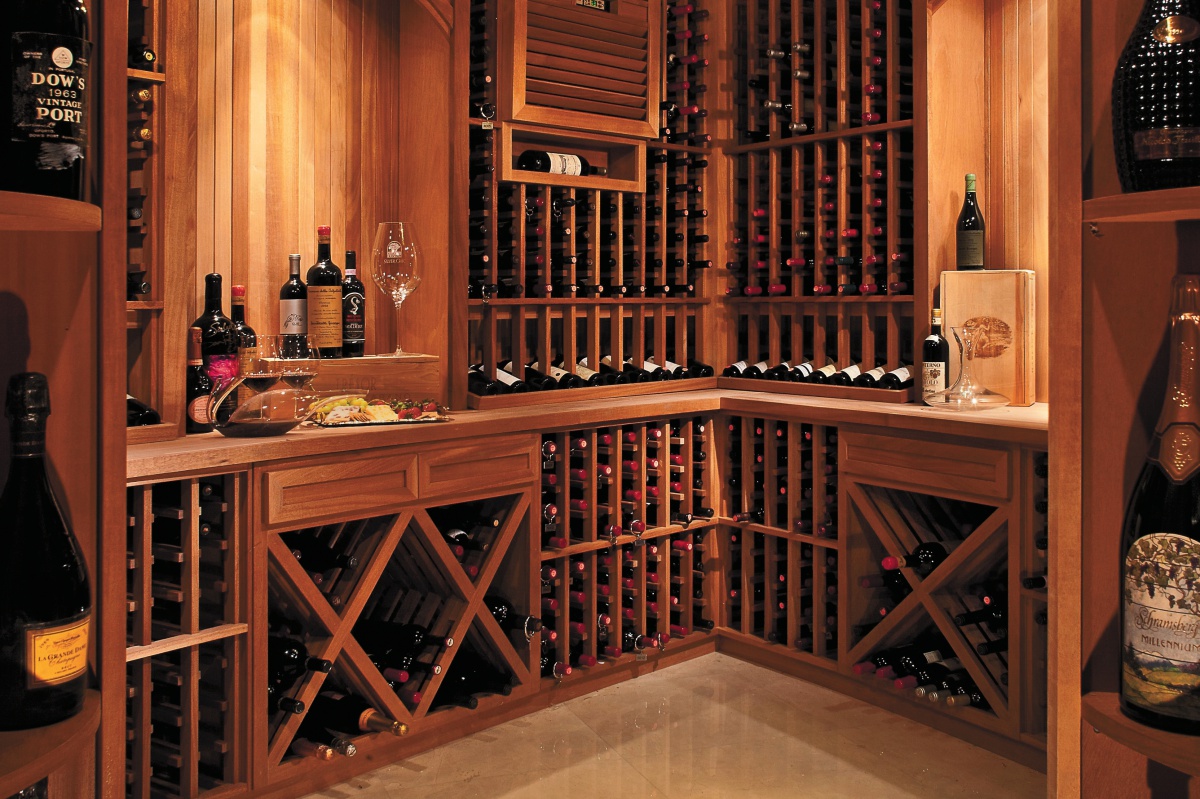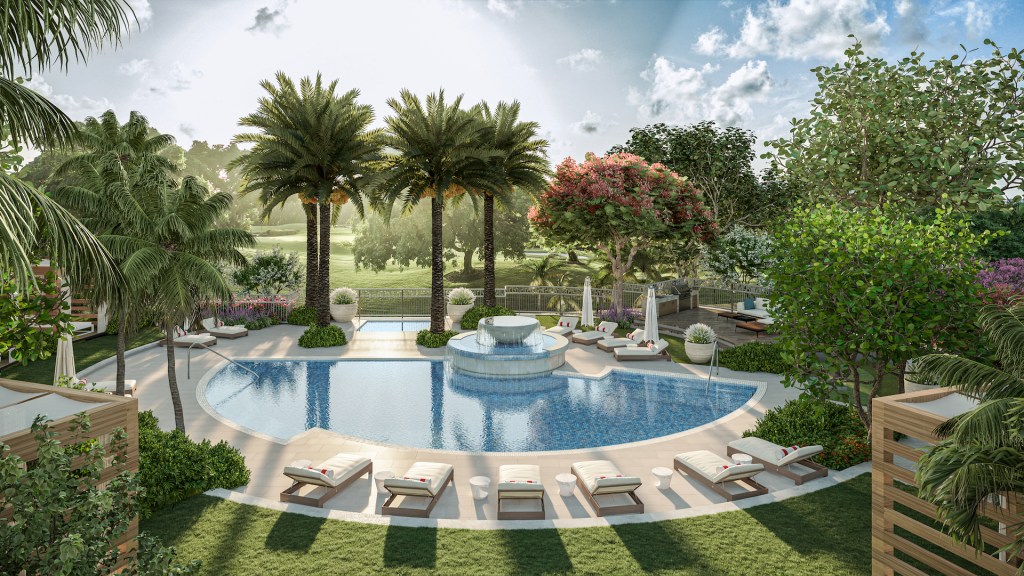Ultimate East End Home Amenity: The Wine Cellar

It’s what you might call a champagne problem, which can be the best sort of problem to have.
Say you have 1,000 bottles of wine—or more, even—and you’re waiting until each one reaches its peak of perfection before drinking it. What to do with your collection?
Maybe you could store it in a natural cave like they sometimes do in California, but good luck finding a natural cave on the East End. You could take a chance and store it unenclosed in your basement, but you wouldn’t have precise control over the climate. And you can’t simply stick the wine in your refrigerator, as they dry things out and tend to vibrate, which disturbs the vino.
“In order that the wine age well, you have to keep it at 53–54 degrees,” Wölffer Estate winemaker and partner Roman Roth explains. “Even more importantly, the temperature needs to be consistent. Otherwise, the corks will expand and contract and allow oxygen into the bottle and harm the wine.” Light can also affect wine, Roth adds, so any storage area should remain dark most of the time. Humidity also needs to be controlled, as a dry atmosphere might dry out those corks.
What’s an oenophile to do?
Enter the wine cellar.
As the East End has become an increasingly popular destination for wine lovers, a wine cellar has become an increasingly necessary feature of East End homes. And while a wine cellar doesn’t always need to be a luxurious affair, Hamptons and North Fork wine enthusiasts have frequently responded to champagne problems with champagne solutions. From straightforward purposes—controlled temperature and humidity, limited light exposure, storage space—has sprung a multitude of beautiful wine-cellar designs and arrangements.
Peter Cimino, the owner of North Fork Wine Cellar Designs, who has been designing and installing wine cellars across the East End for more than nine years, concurs with Roth as he emphasizes the utility of the cellar above al other aspects. Luxury features like dramatic lighting or custom racking are fun and allow you to bring design creativity and personality to what might otherwise be just a storage center, but temperature is the key to building any kind of wine cellar.
“A properly built cellar holds temperature well,” Cimino says. “When you first get all of your wine in there and begin to cool the space, it takes a long time to bring the temp down as you cool the air, the walls, the floor, the glass bottles and finally the wine,” he says. “Once you get it down, though, it should hold without too much additional refrigeration.”
The utilitarian aspects of accommodating and preserving wine are, of course, of paramount concern in a wine cellar, but many wine cellars in the Hamptons and on the North Fork look so inviting that it would seem tragic if you couldn’t spend some time inside, admiring the various vintages, maybe pouring a glass or two—hey, why not sit down to a gourmet meal while you’re there, your onw wine list within reach? Indeed, some wine cellars have been constructed to accommodate parties that would make some regular dining rooms jealous, but “hanging out in a wine cellar is not to everyone’s taste,” cautions Cimino.
Cimino designs the refrigerators in his cellars to be strong enough to withstand the body heat of one or two people, but warns that anybody sitting in a wine cellar has to be prepared to have “pretty cold air blowing on them as the refrigerators work to hold temperature.” As an alternative, comfortable tasting rooms can be built adjoining a wine cellar, where people can enjoy their wine without shivering, and with additional refrigerators to bring white wine down to its recommended drinking temperature.
As for Roth, he’s all about hanging out in a wine cellar. He regards them as a sanctuary, even if he has to keep his coat on.
“There should be really nice chairs to sit on, it should be quiet and peaceful—no distractions, no WiFi—and you should have a candle burning. Wine wants its peace.”



